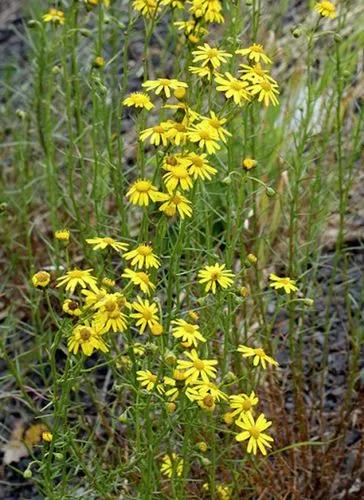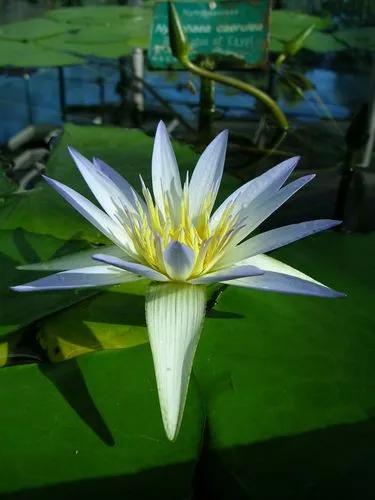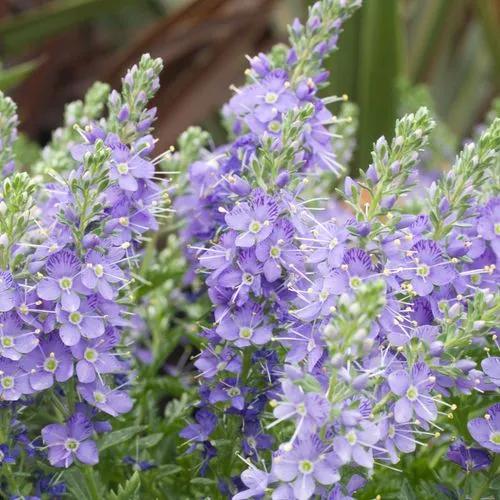Symphytum Officinale is a PERENNIAL growing to 1.2 m (4ft) by 0.6 m (2ft in) at a fast rate.It is hardy to zone (UK) 5 and is not frost tender. It is in flower from May to June, and the seeds ripen from June to July. The species is hermaphrodite (has both male and female organs) and is pollinated by Bees.Suitable for: light (sandy), medium (loamy) and heavy (clay) soils and can grow in heavy clay soil. Suitable pH: acid, neutral and basic (alkaline) soils. It can grow in semi-shade (light woodland) or no shade. It prefers moist soil.
Common Comfrey Care
Symphytum Officinale



How to Care for the Plant

Water

Best in moist, organically rich soils, but has respectable drought tolerance and will perform reasonably well in somewhat dry locations.

Pruning

Cut back after flowering to encourage neat, young foliage

Sunlight

It can grow in semi-shade (light woodland) or no shade.

Soil

Suitable for: light (sandy), medium (loamy) and heavy (clay) soils and can grow in heavy clay soil. Suitable pH: acid, neutral and basic (alkaline) soils.

Additional

This plant contains small quantities of a toxic alkaloid which can have a cumulative effect upon the liver. Largest concentrations are found in the roots, leaves contain higher quantities of the alkaloid as they grow older and young leaves contain almost none. Most people would have to consume very large quantities of the plant in order to do any harm, though anyone with liver problems should obviously be more cautious. In general, the health-promoting properties of the plant probably far outweigh any possible disbenefits, especially if only the younger leaves are used. Use topically on unbroken skin. May cause loss of appetite, abdominal pain, vomiting. Do not use with Eucalyptus. Do not combine with herbs containing pyrrolizidine alkaloids (e.g. agrimony, alpine ragwort, help, tansy ragwort)

Popularity

1,297 people already have this plant 265 people have added this plant to their wishlists
Discover more plants with the list below
Popular articles






